After more than a quarter of a century of persistence, led largely by Toyota, the technology that teams a petrol engine with one or more electric motors has matured, making hybrid vehicles more affordable than ever.
Price premiums for hybrids run as low as a couple of thousand dollars more than the same non-hybrid model, something typically paid back in fuel savings within a few years.
It’s led to an influx of new models from brands across the new-car spectrum. And with the ability to significantly reduce fuel use, it’s easy to see the appeal.
Market leader Toyota recently discontinued a swag of petrol-only models in response to soaring demand for hybrids.
RELATED:
Newer rivals - including many from China - are also employing plug-in hybrid systems that incorporate a bigger battery pack and allow for external recharging. It means owners can drive short distances purely on electricity.
Between that regular hybrid technology and the newer plug-ins (PHEVs), there’s more choice than ever for those wanting an entry to electrified motoring but with the convenience of being able to use fuel stations.
Best overall: BYD Sealion 6
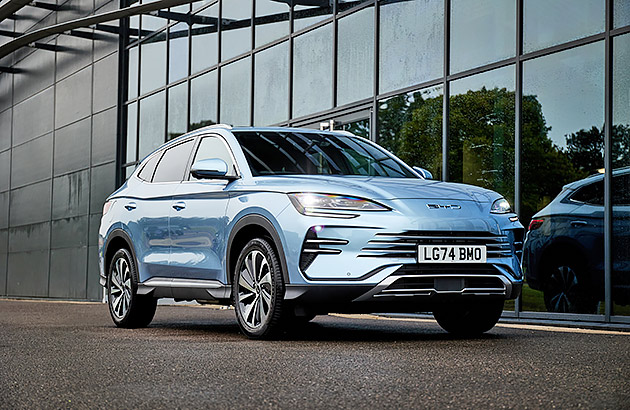
BYD is a brand on the march and the Sealion 6 nicely encapsulates its trajectory.
The mid-sized SUV comes loaded with gear, even in recently introduced front-drive Essential guise ($42,990 plus on-road costs). There are power adjustable seats, a panoramic sunroof and a suite of active safety systems.
And by the time you’re into the all-wheel drive Premium ($52,990 plus on-roads) there’s a 15.6-inch touchscreen, head-up display and heated and ventilated front seats.
But the real appeal with the Sealion 6 is its plug-in hybrid system that allows around 70km of real world driving on electricity alone before reverting to a four-cylinder engine to extend the range.
For those able to charge from home solar, it opens the door to seriously low running costs. Once in hybrid mode it uses a similar amount of fuel to competitors with regular hybrid systems. The official fuel use figure is as low as 1.1 litres per 100km, but it’s not representative of everyday driving due to the nature of the laboratory test.
There’s work to be done on the suspension set-up, but with a practical cabin and solid value, the Sealion 6 provides a compelling reason to consider plug-in motoring.
Best overall under $40K: Honda HR-V
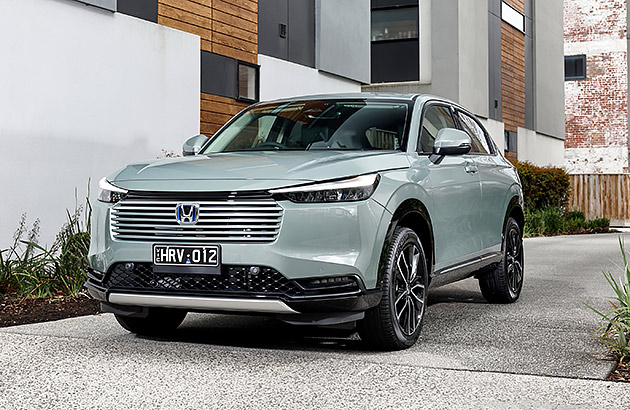
There have been some underwhelming Hondas over the past decade, but the Japanese brand has more recently rediscovered its form with cars such as the HR-V.
The 2024 addition of a more affordable hybrid variant has added to its repertoire - now from $39,900 drive-away - making it easier to get access to the hybrid system that matches a 1.5-litre four-cylinder to an electric motor.
There’s not much power – just 96kW – but pulling power lower in the rev range makes it a useful device.
And with claimed fuel use of 4.3 litres per 100km, the HR-V is among the more efficient hybrids. Crisp dynamics and a surefooted stance add to the excellent value.
The cabin is thoughtful, too, with clever folding rear seats and quality plastics throughout.
However, its back seat only accommodates two people, limiting overall capacity to four. That will obviously limit its appeal from those who need an extra seat. But for others, the HR-V packs plenty into a great value package.
Best small hybrid SUV: Toyota Corolla Cross
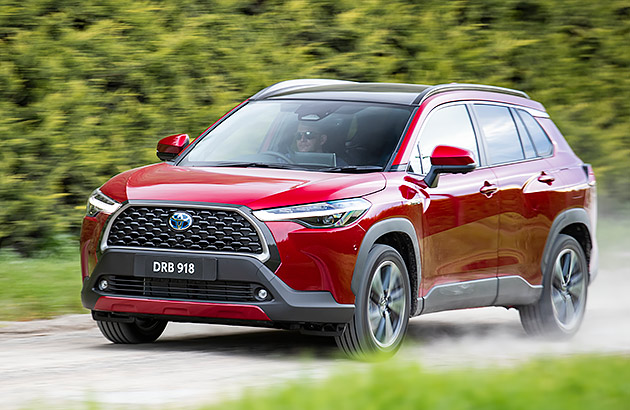
If you don’t quite need the space of a RAV4 - the nation’s top-selling hybrid - the Corolla Cross is a great Toyota alternative that’s also fresher in the market.
The five-door is officially a small SUV but it’s among the roomier ones in its class, easily satisfying the requirements of smaller families.
With prices kicking off at $36,480 before on-road costs the Corolla Cross isn’t exactly a bargain, especially considering the skinny list of standard gear in the entry GX model.
Stepping up to the GXL brings some worthwhile additions, including a larger 10.5-inch infotainment screen, dual-zone ventilation and a 360-degree camera.
And much of the Corolla Cross’s value is packed into the excellent hybrid system. The 2.0-litre four-cylinder is matched to the latest generation hybrid tech to produce an impressive 146kW, meaning the Corolla Cross never feels undernourished.
Average fuel use as low as 4.2L/100km reinforces the underlying engineering.
Its popularity can mean wait lists, though, so shop around to see when different dealers can get you behind the wheel.
Best mid-size hybrid SUV: Nissan X-Trail E-Power
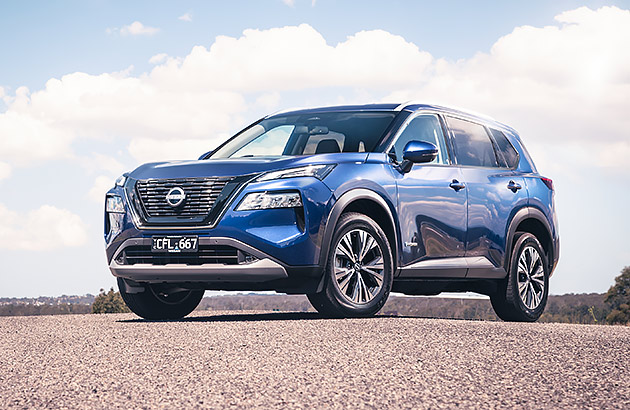
There’s more electrified activity in the mid-sized SUV category than any other, which is perhaps no surprise given the size of the market.
The Toyota RAV4 set the template and others have followed. The Kia Sportage, Hyundai Tucson, Honda CR-V and BYD Sealion 6 are all excellent choices.
But our winner in the mid-size category is the Nissan X-Trail E-Power, which just edges ahead.
As well as an upmarket cabin with plenty of space there are 40/20/40 split-folding back seats and a clever Divide-‘n’-Hide storage system that allows owners to tailor the boot configuration.
The X-Trail also packs plenty in for its $50,490 plus on-road costs price, including a powered driver’s seat, heated front seats and a 12.3-inch touchscreen. Step up to Ti and Ti-L models and there’s even more.
The E-Power system is unique in the market, too. A 1.5-litre turbo engine only ever charges the high voltage battery. Two electric motors drive all four wheels, providing the closest thing to an EV driving experience while having the convenience of being able to travel anywhere you can buy petrol.
It’s not quite as frugal as some, with claimed average consumption of 6.1L/100km, but in the real world, performance is respectable.
Having electric motors doing the driving also makes the E-Power better through the bends, too. Being able to finely adjust the power delivery to each wheel helps the car tuck into a corner more succinctly.
It adds up to a fantastic all-rounder.
Best large hybrid SUV: Hyundai Santa Fe

Looks may not be everything but with the latest Santa Fe, they’ve certainly helped pop this large SUV on the shortlists of many families.
Boxy edges and distinctive LED lights create a muscular appearance and help the seven-seater stand out in SUV-thick suburbia.
Those rugged good looks flow through to the cabin, too, although the occasional cheap-feeling plastic takes some of the gloss off the otherwise excellent presentation.
It’s spacious with seating for seven and good flexibility and adjustment to keep everyone content.
USB outlets splayed throughout the cabin are indicative of the tech focus, although the base model - known simply as Santa Fe - misses out on Bluelink that allows remote connectivity via an app for other variants.
Beneath the skin is a 1.6-litre turbo hybrid system - it’s only $2500 more than the petrol-only option, with prices starting at $55,500 plus on-road costs - that muscles up with 172kW and 367Nm.
There’s always enough urge when you need it and it’ll often lean on the electric motor to get the job done, helping keep fuel use to a claimed average of 5.6L/100km.
But it’s the Santa Fe’s easy-going nature on the road and its confident stance that cement it as a standout in the large SUV segment.
Best hybrid SUV for towing: Mazda CX-80
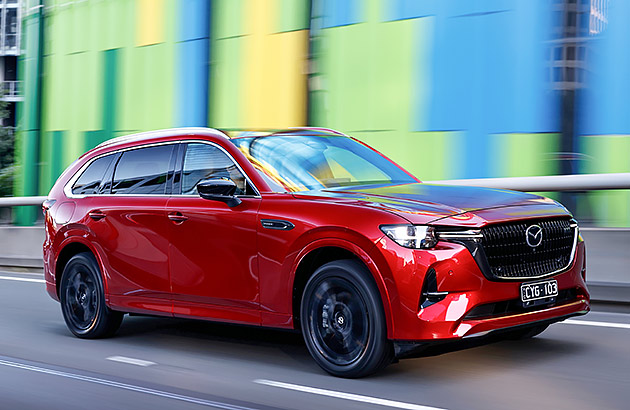
If it’s heavy duty towing you want then you need to spend big bucks on hybrid versions of the Porsche Cayenne or Volkswagen Touareg. Each can lug up to 3.5 tonnes, but each will also set you back in the dollars department.
For something more down to earth the Mazda CX-80 ticks the boxes, especially now that the plug-in hybrid system - fitted to models badged P50e - has been tuned to improve refinement and driveability.
It’s still not perfect, with some occasional clumsiness in the interplay between the petrol engine and electric motor.
But the combination of its 2.5-litre four-cylinder with an electric motor adds up to a hefty 241kW and 500Nm.
Like all PHEVs the claimed fuel use - in this case 2.7L/100km - is fanciful because it was tested to a lab test that favours PHEVs, and is not representative of how people drive in the real world.
For those charging from home there are significant benefits, but when running in hybrid mode expect to use upwards of 7.5L/100km. As with anything towing heavy loads, fuel use jumps substantially.
Best hybrid SUV for families: Toyota Kluger
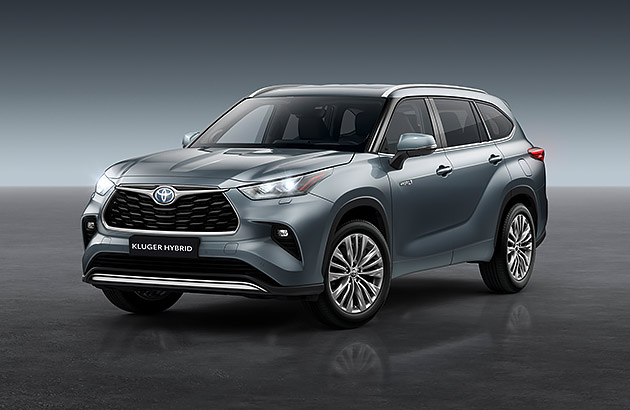
Toyota’s largest hybrid doesn’t excel in any one area but instead mounts a solid case across a range of criteria.
It starts with its size. Seven seats provide ample space for larger families and the sliding middle row allows a trade-off between middle and third row legroom. Tri-zone ventilation should also fend off arguments about air flow.
While the entry GX ($58,420 plus on-road costs) is not spectacularly well equipped, things improve with the GXL ($67,940), which gets a 12.3-inch infotainment unit (up from 8 inches), powered front seats and nicer trim.
The 2.5-litre four-cylinder engine teams with two electric motors to make a combined 184kW, something that makes for decent acceleration.
With average fuel use as low as 5.6L/100km and affordable capped price servicing it’s also a winner on running costs.
Plus, the Kluger drives all four wheels as standard - the rear wheels are only powered by electricity - providing added traction on slippery surfaces or gravel tracks.
On the road it’s easy to manoeuvre, although the driving emphasis is more on comfort than excitement.
Best hybrid SUV for value: Toyota RAV4
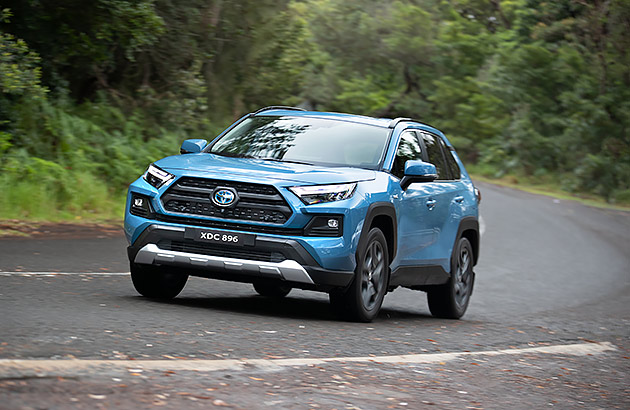
It may be nearing the end of its life but the current generation RAV4 is still an immensely popular machine – and for good reason.
Great to drive and with a practical cabin and a range of two- and all-wheel drive models, the RAV4 has plenty of bases covered.
And while the cabin is starting to date compared with fresher rivals, it delivers on value. Average fuel use as low as 4.7L/100km helps keep fuel bills down, too.
The first five services are capped at $270 each, adding to the low running costs. But the big thing making the RAV4 such a winner for keeping costs down is bulletproof residual values.
While no one can guarantee what a car will be worth in future, history suggests RAV4 hybrids will hold onto a larger chunk of their original purchase price in the first few years of ownership.
Reduce the cost of owning your car
Find out how much you could save with RAC in just 30 seconds using our car loan calculator.
